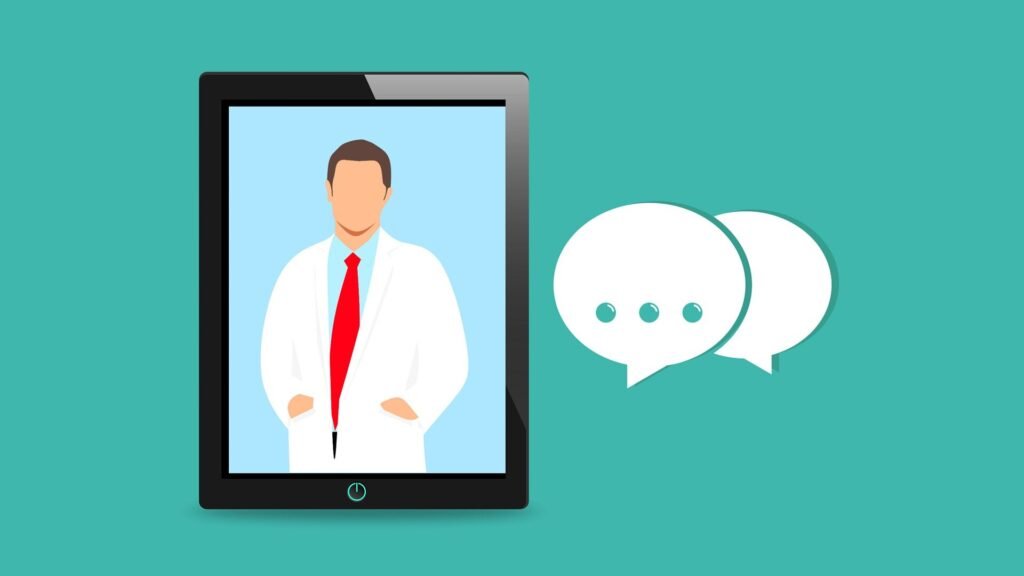Clinicians at Stanford Health Care can now interact with patient medical records using an AI-backed software called ChatEHR, similar to chatting with large language models like GPT-4. Developed by a team led by Nigam Shah, MD, Ph.D., the software is designed to streamline tasks such as summarizing charts and answering questions about a patient’s medical history.
ChatEHR, currently in a pilot stage, uses information from health records to provide responses and is integrated into the electronic medical record system for secure and accurate clinical use. The software aims to enhance clinicians’ workflow by providing faster search, summary, and information gathering capabilities, ultimately saving time and improving patient care.
Accessible to a small cohort of individuals at Stanford Hospital, including physicians, nurses, and nurse practitioners, ChatEHR is being monitored for performance and accuracy. The software allows clinicians to ask questions about patient records and retrieve specific data points relevant to care, expediting the information-gathering process.
While ChatEHR is not intended for medical advice, it aims to assist clinicians in making informed decisions by providing relevant information quickly and efficiently. The team behind the software is also developing automations based on patient history to facilitate tasks such as determining eligibility for transfer or post-surgery care.
As the technology continues to evolve, the goal is to make ChatEHR available to all clinicians who access patient charts, with a focus on ensuring accuracy and providing necessary support and resources. The team plans to evaluate the software’s use cases using the MedHELM framework and incorporate features like citations to enhance transparency and usability.
Overall, ChatEHR represents a significant advancement in how clinicians interact with electronic health records, offering a more streamlined and efficient approach to accessing and utilizing patient information.


